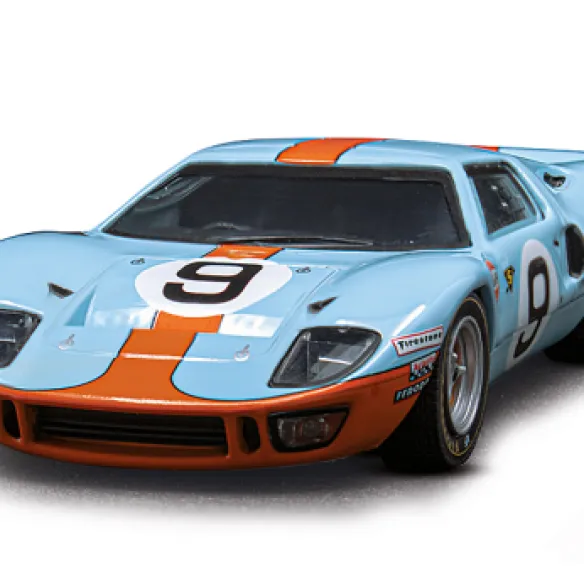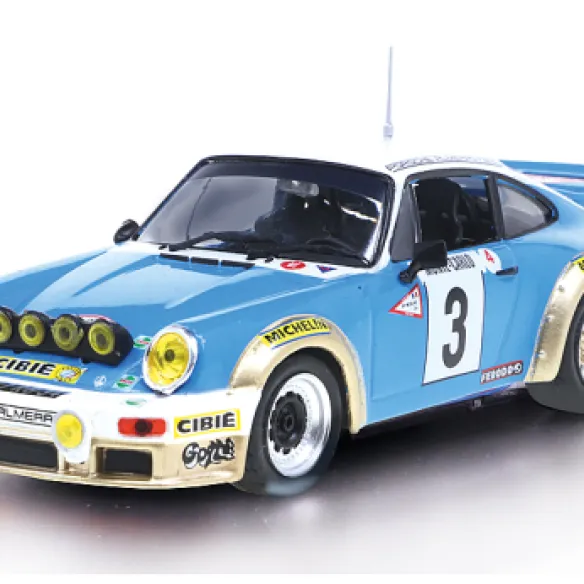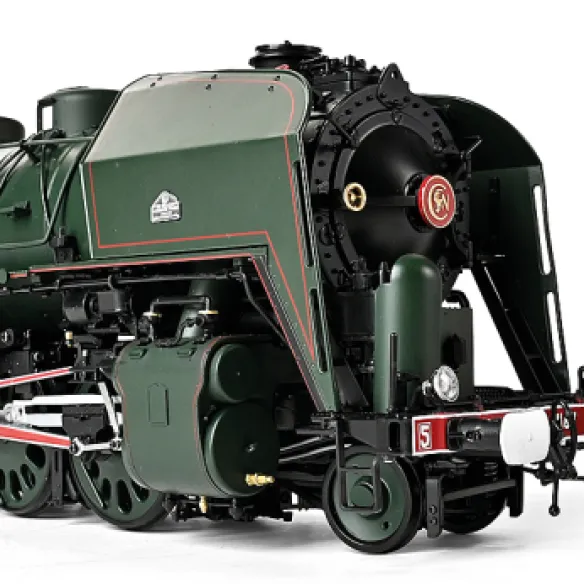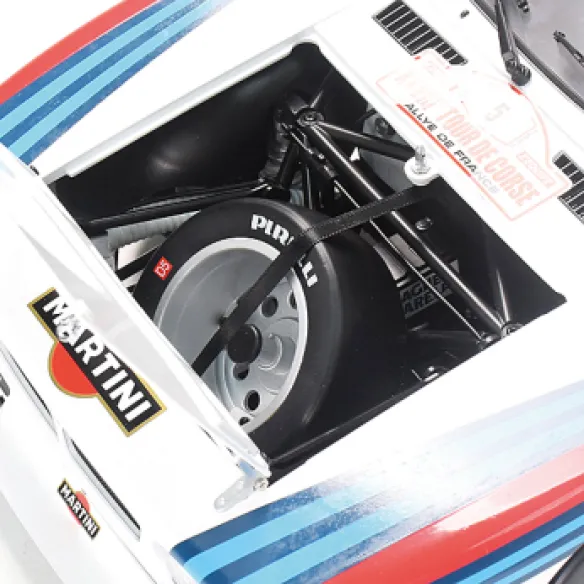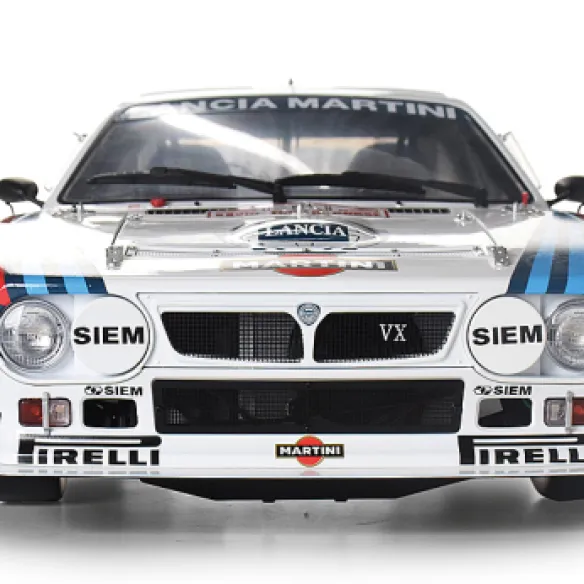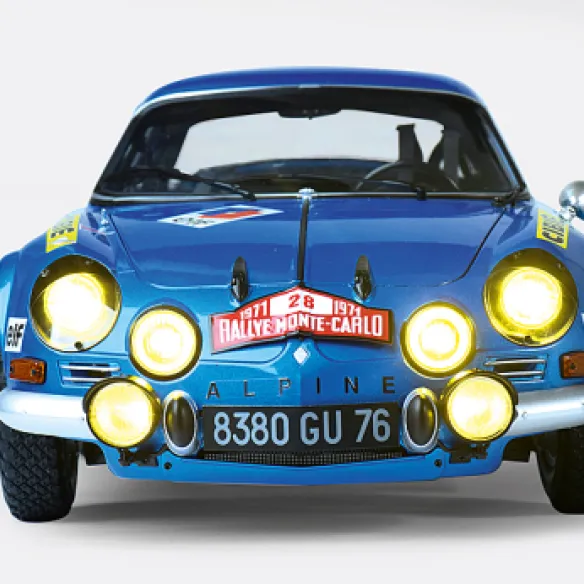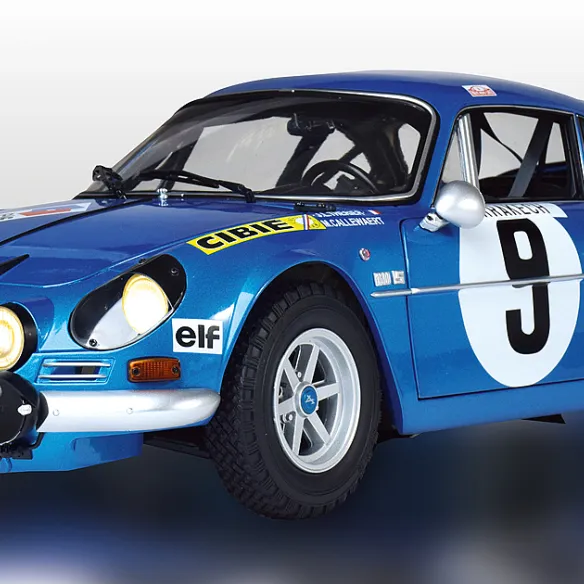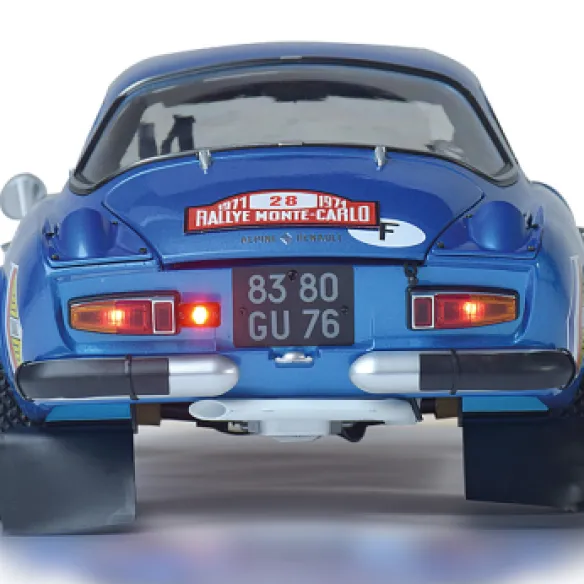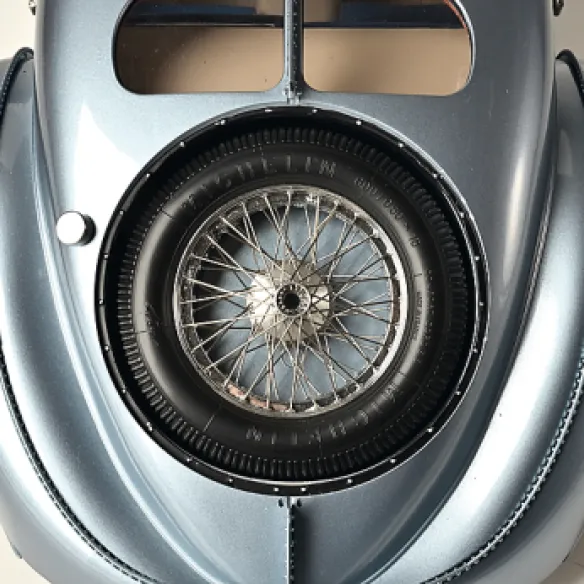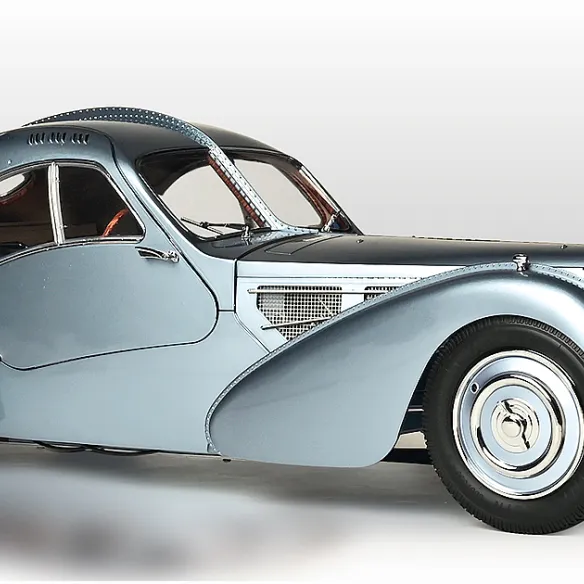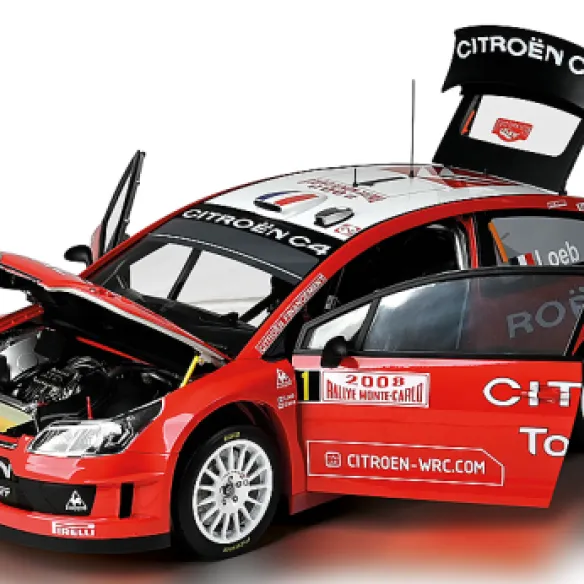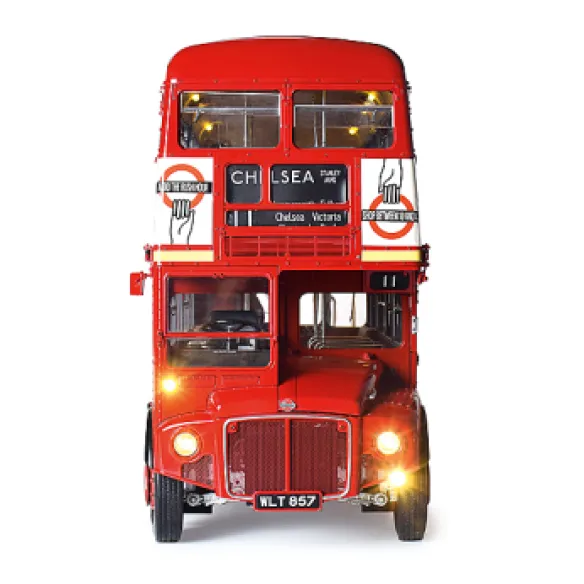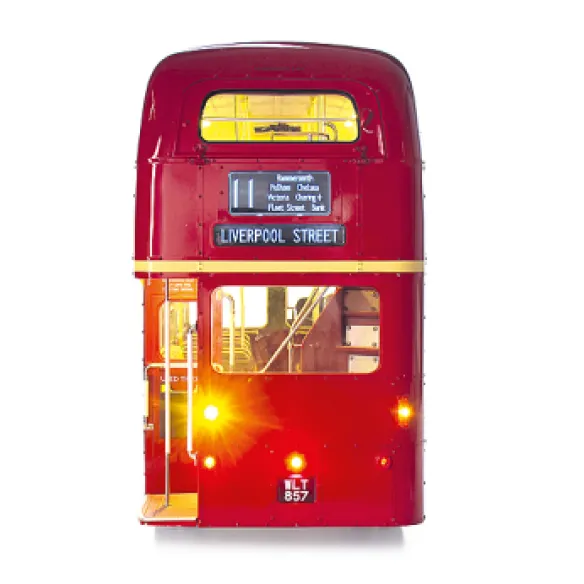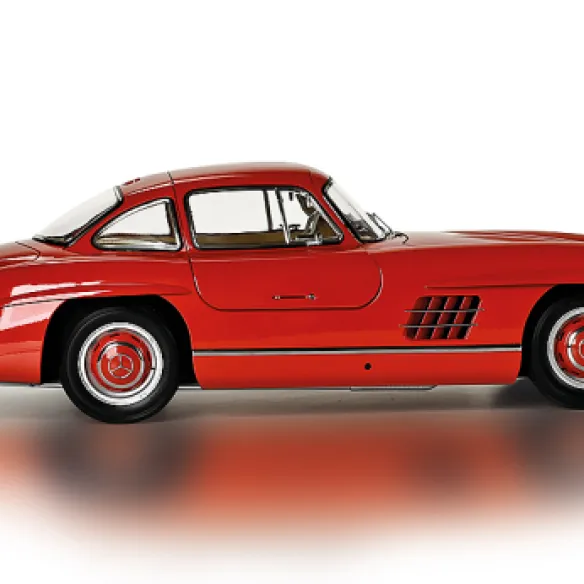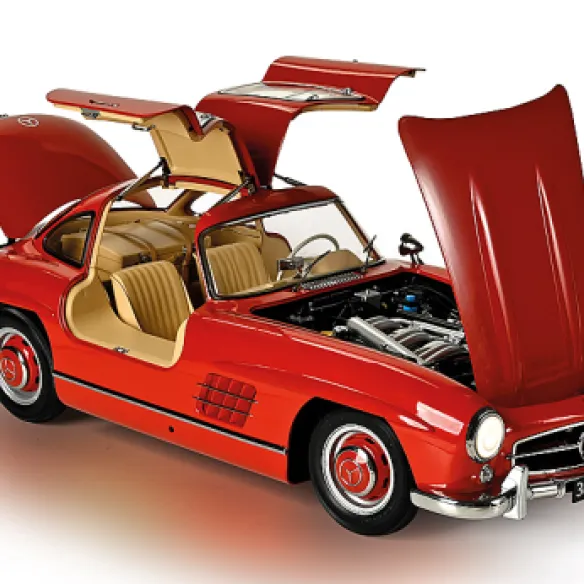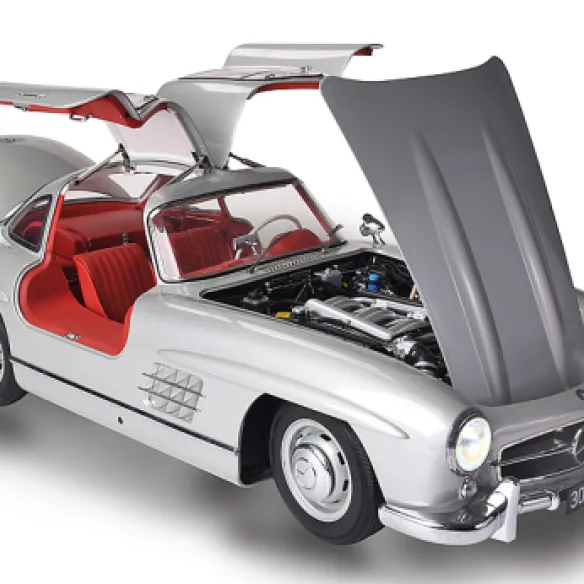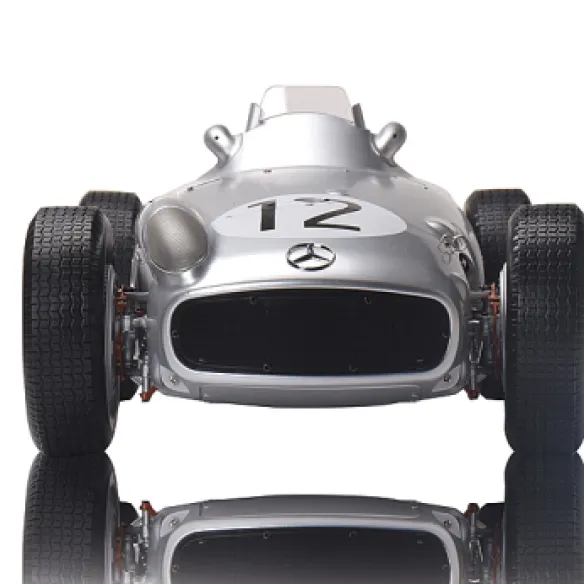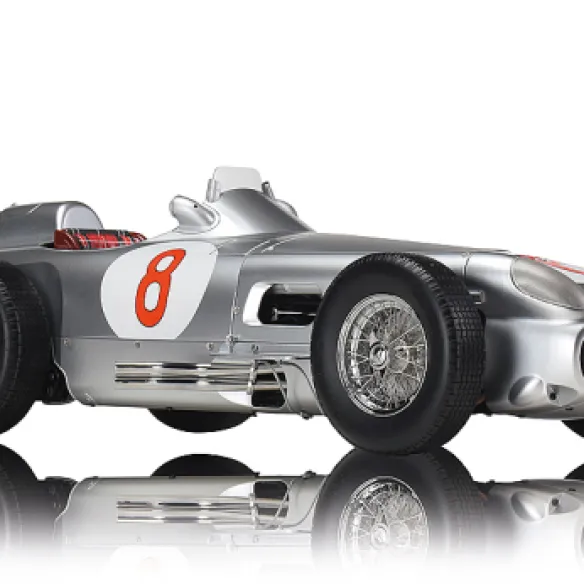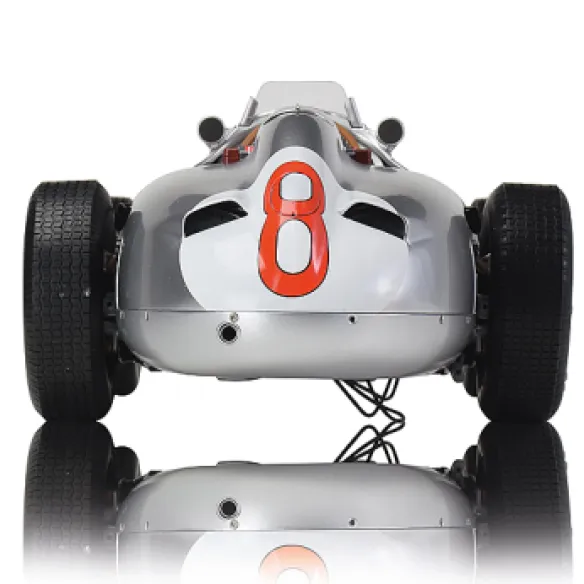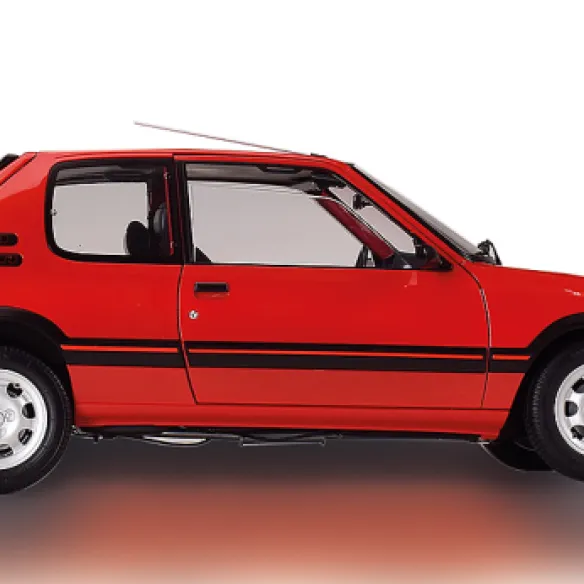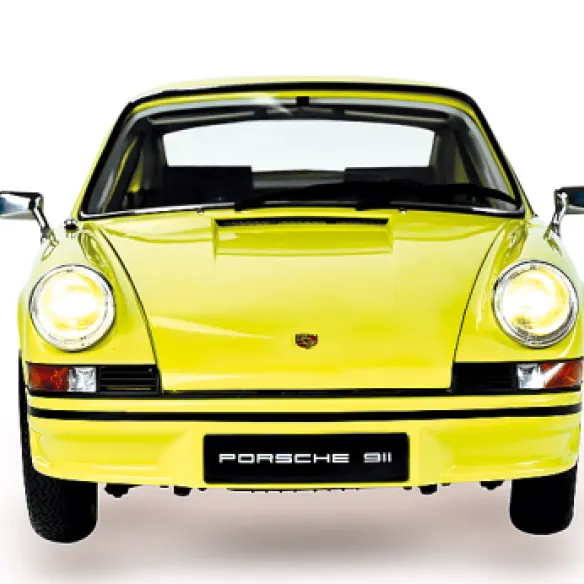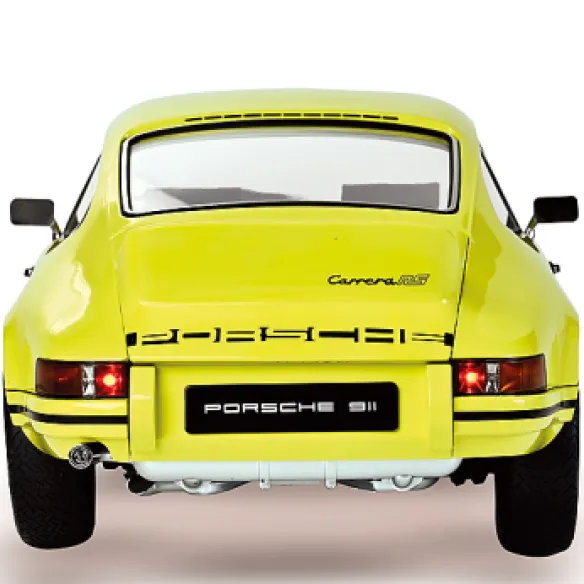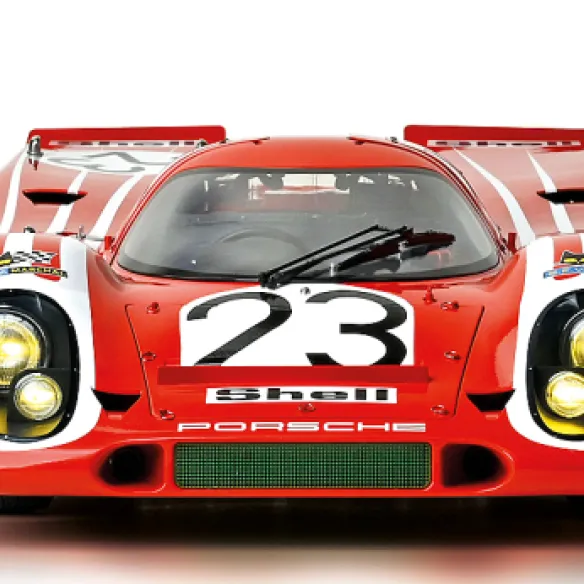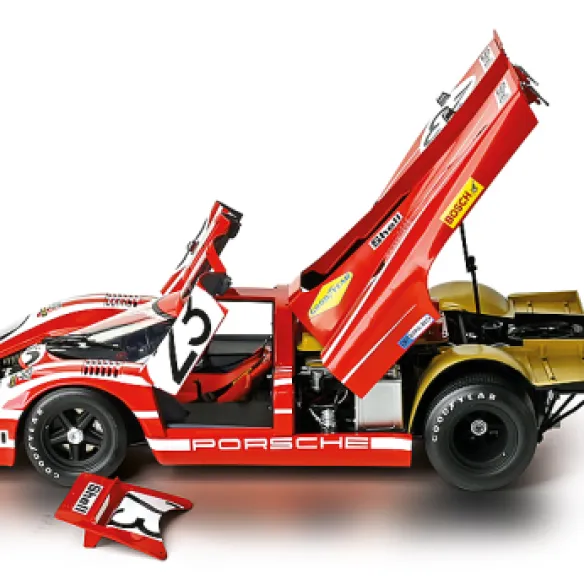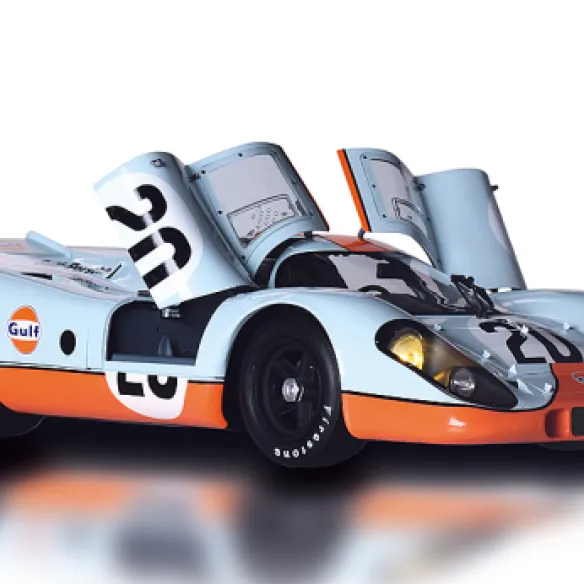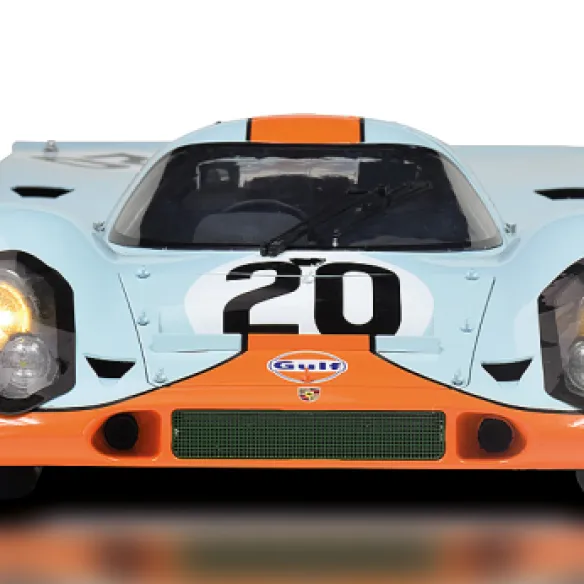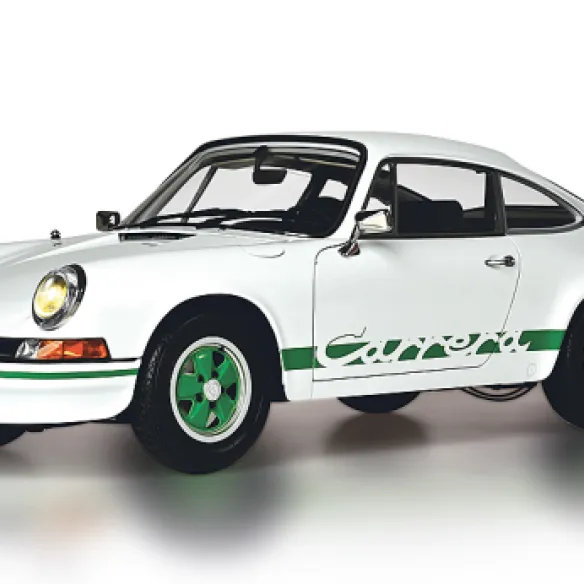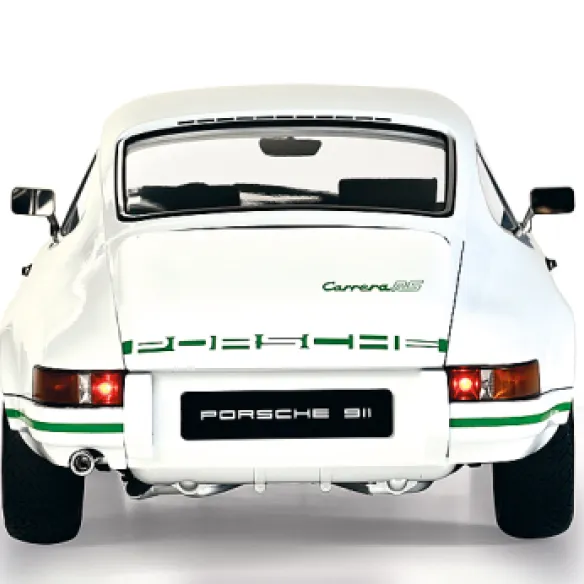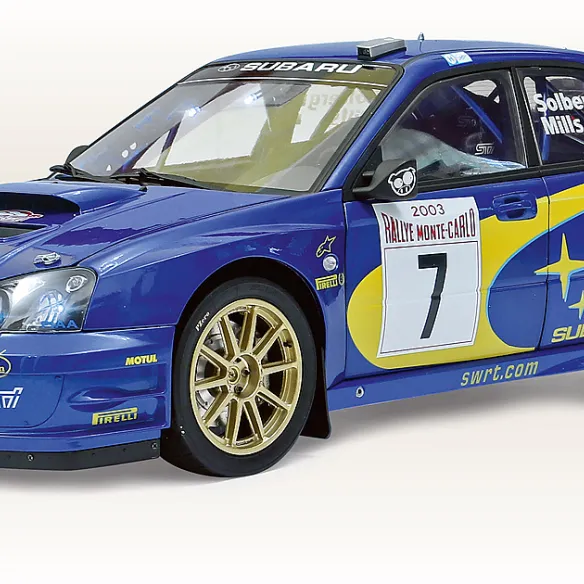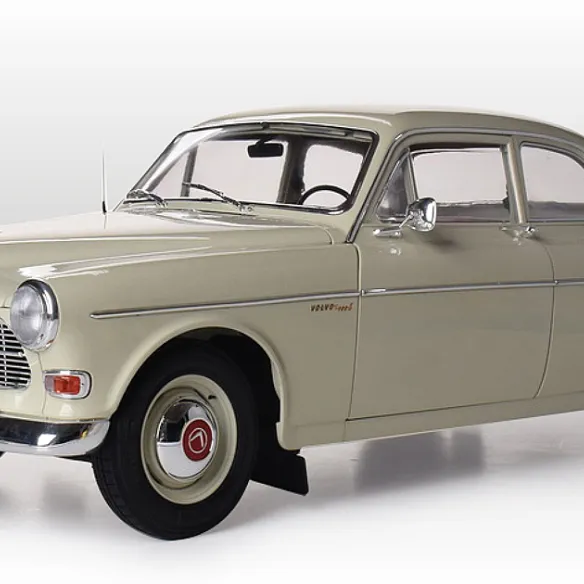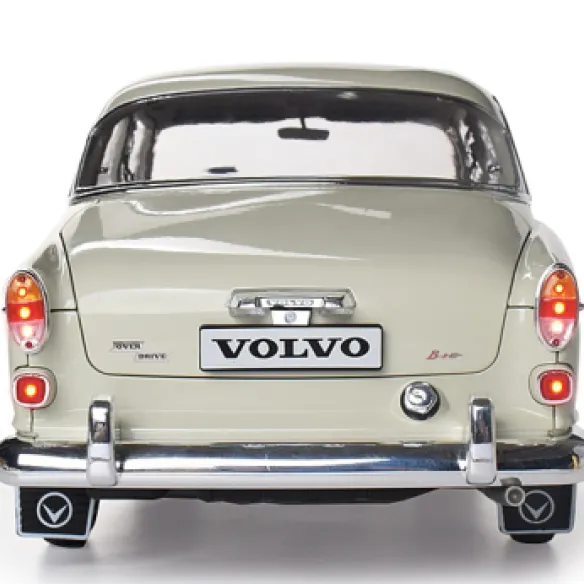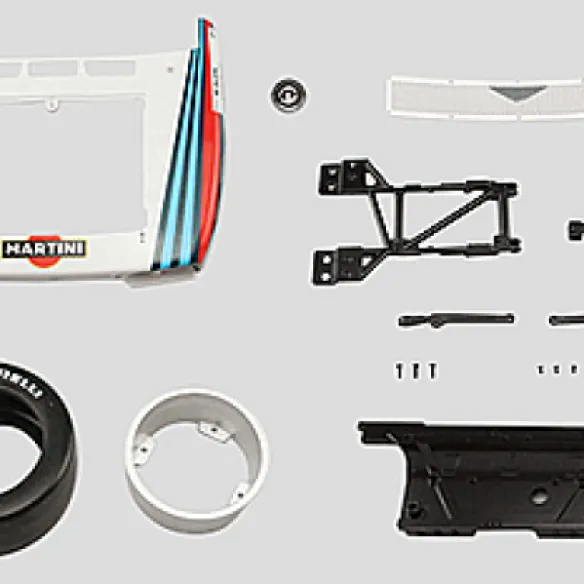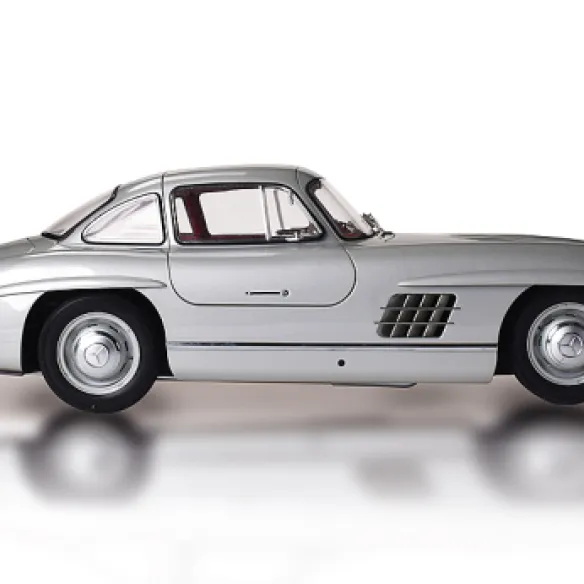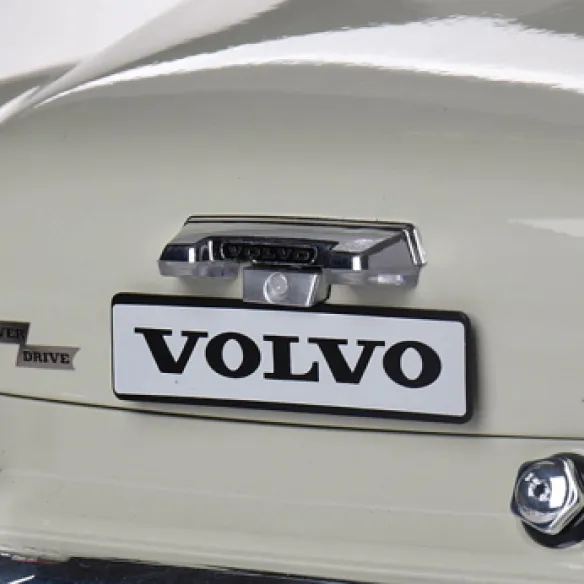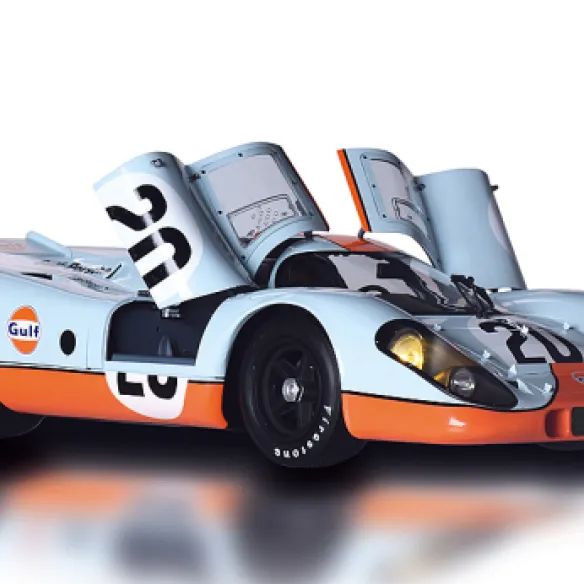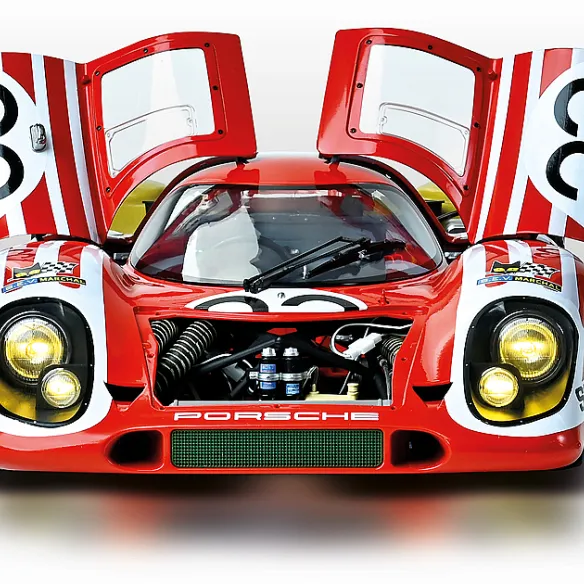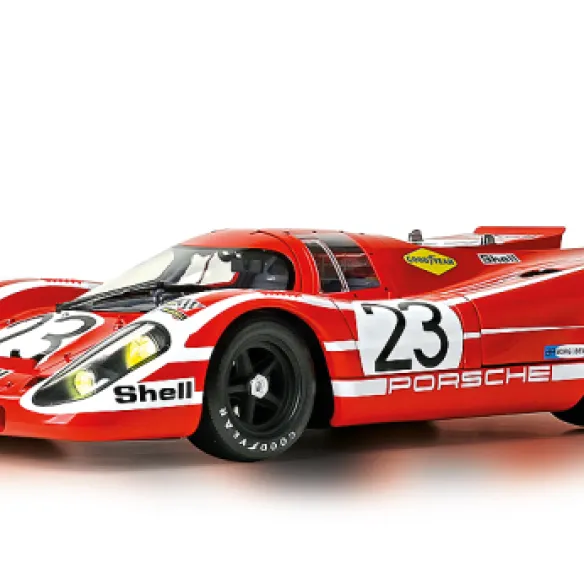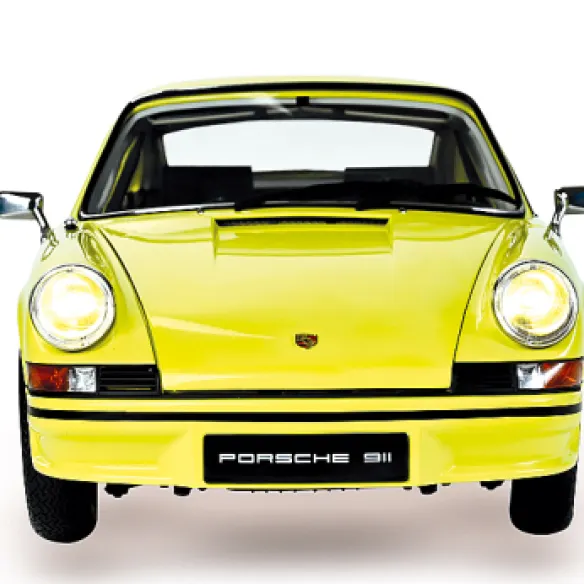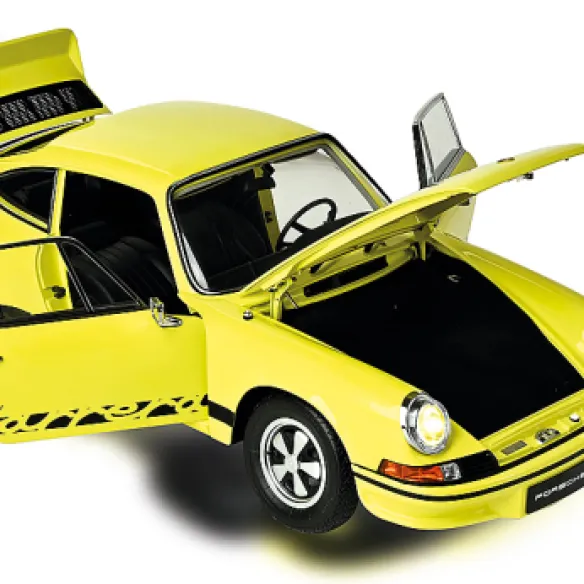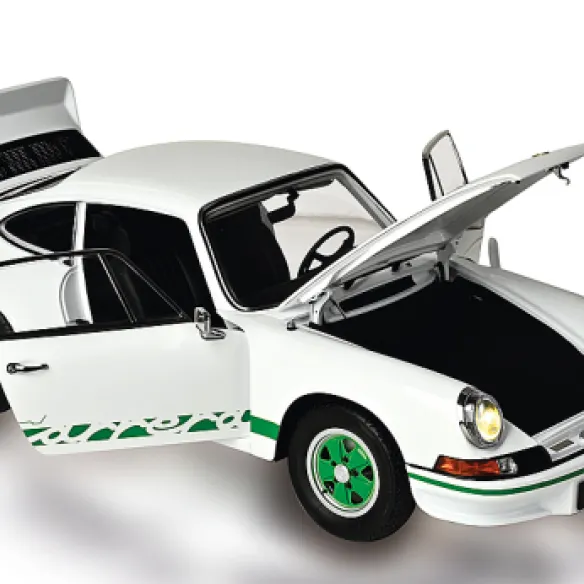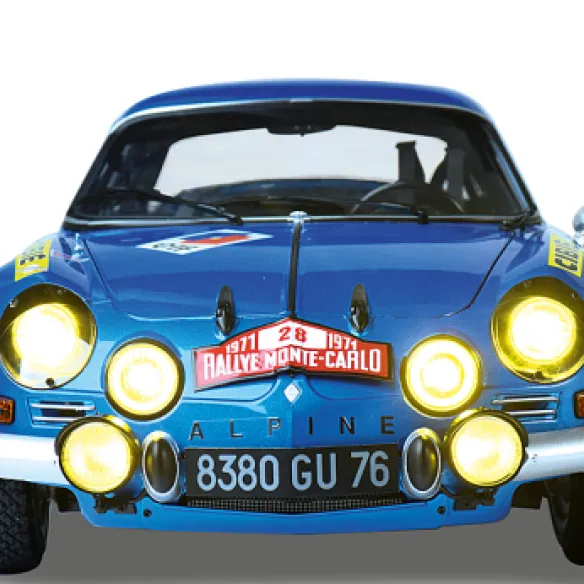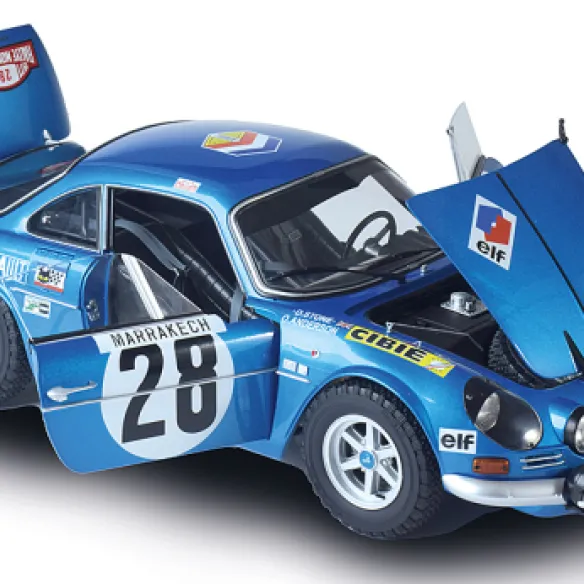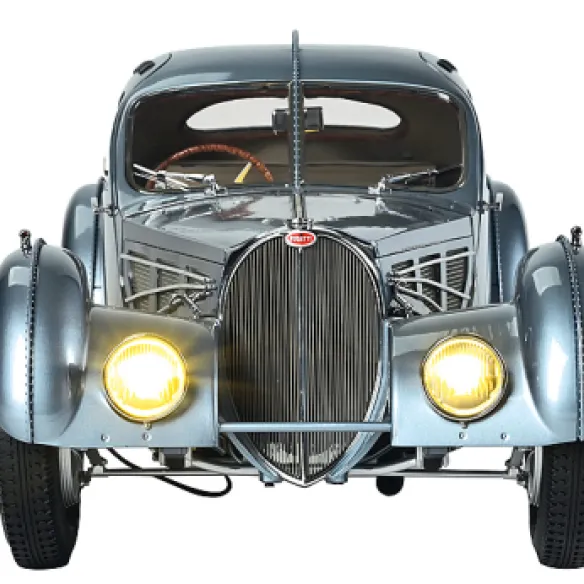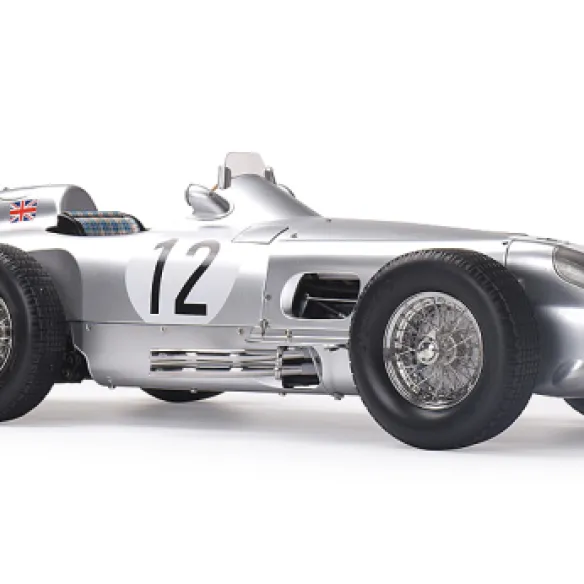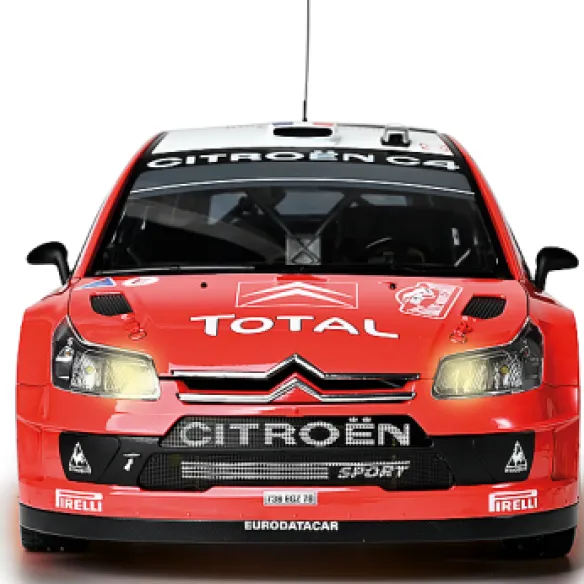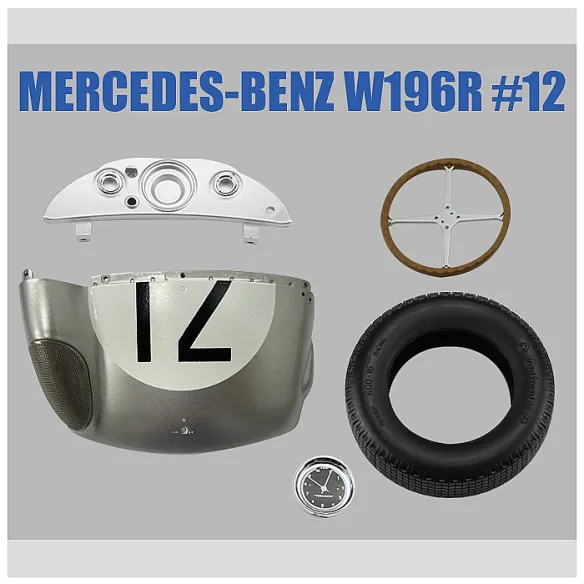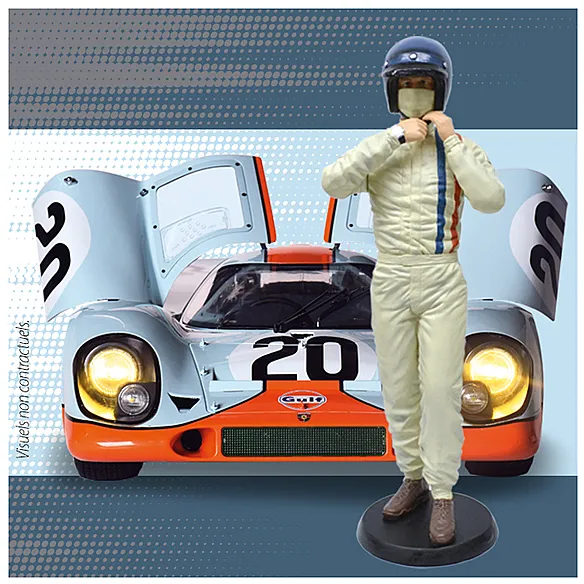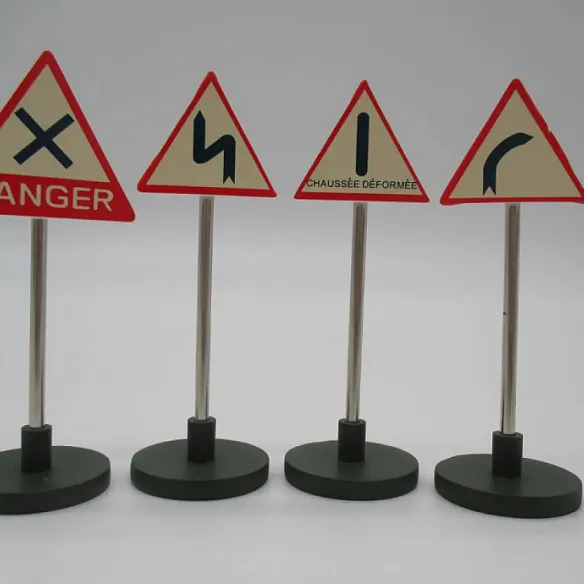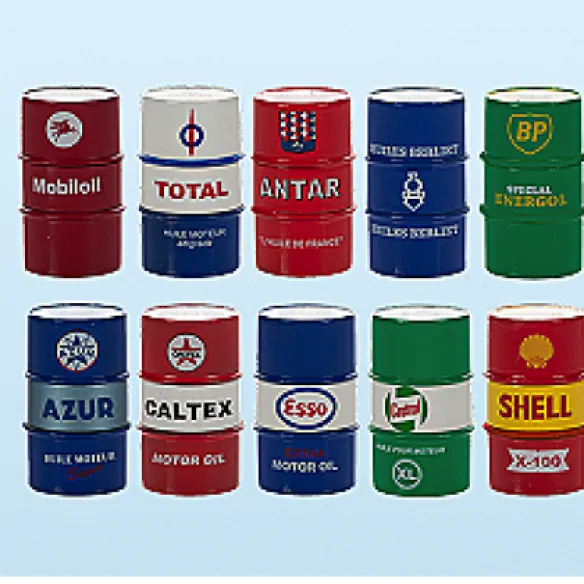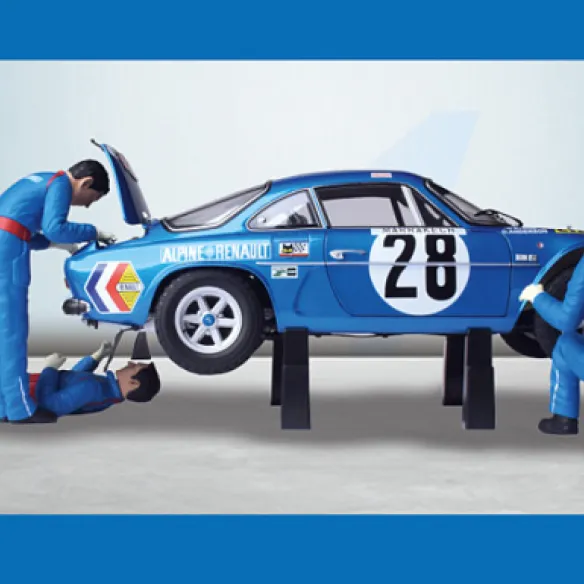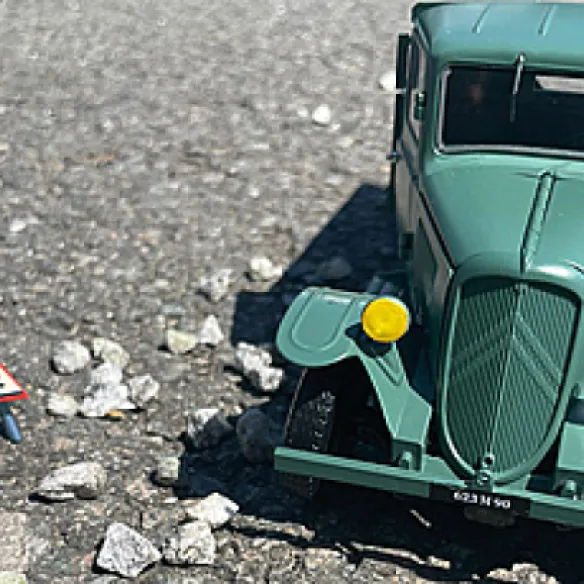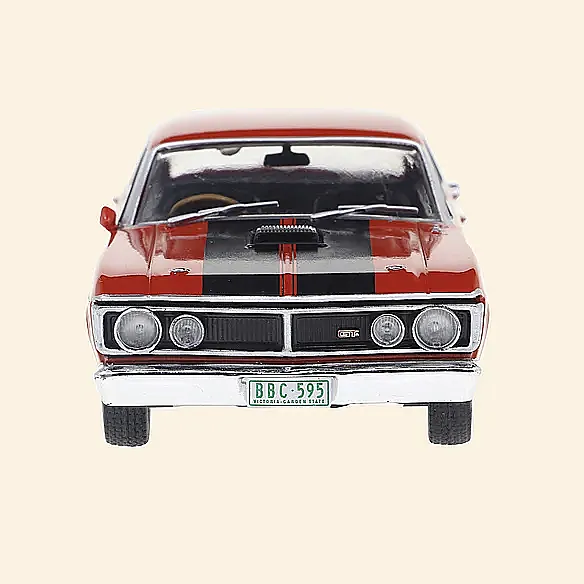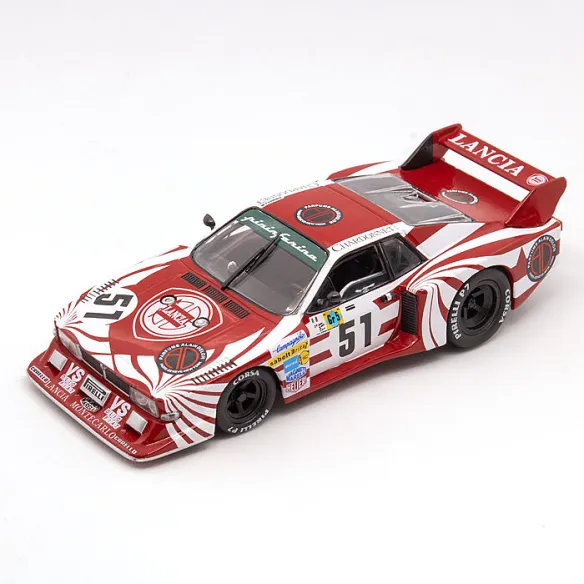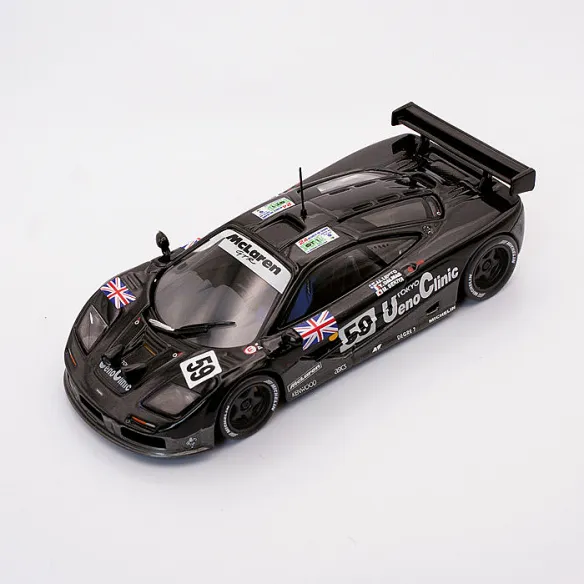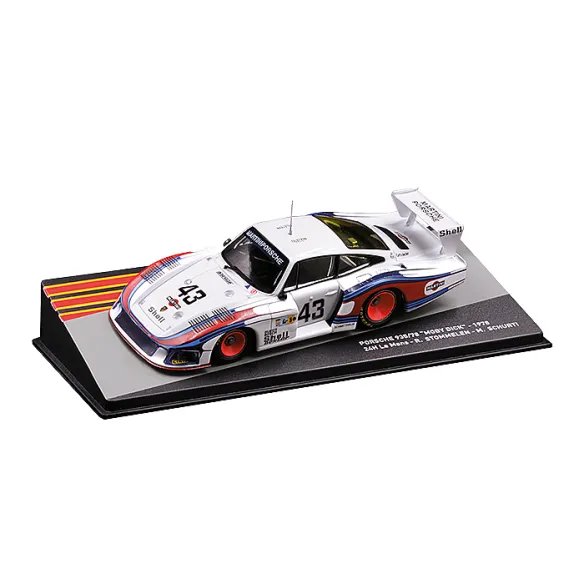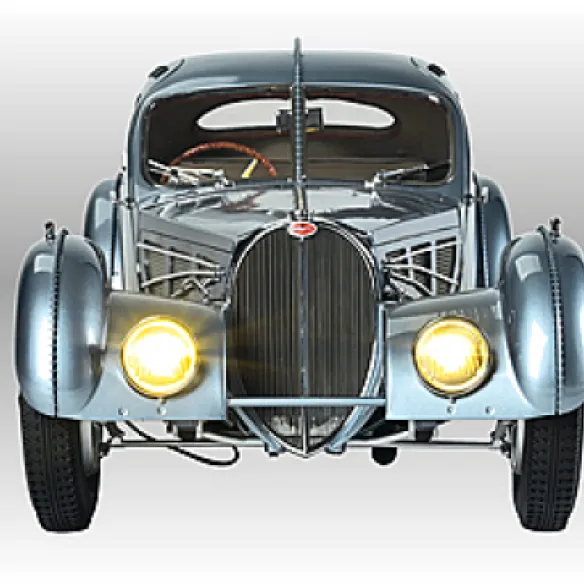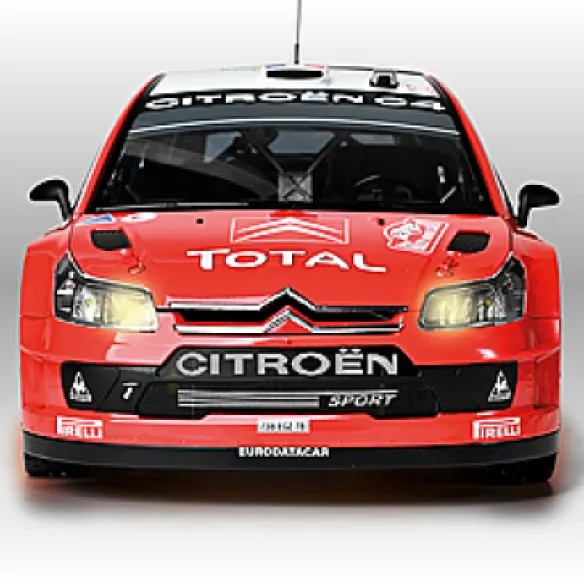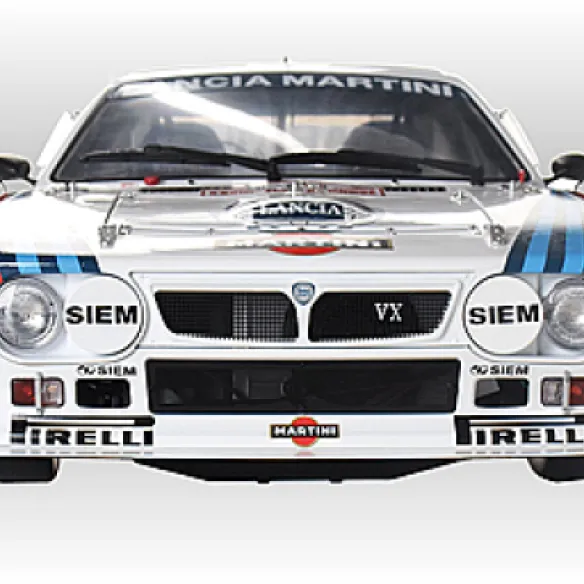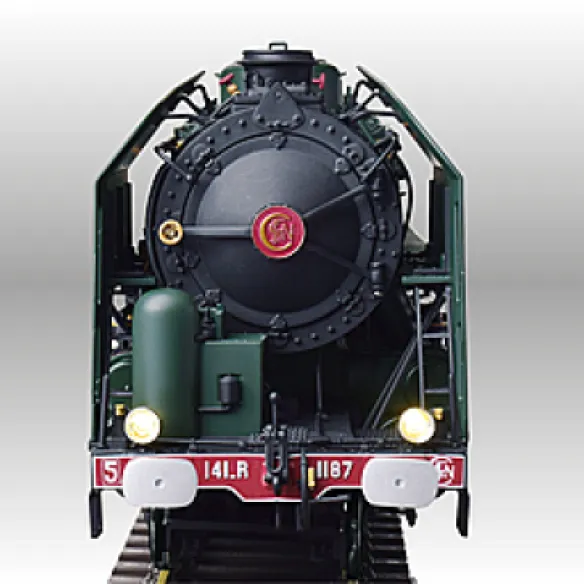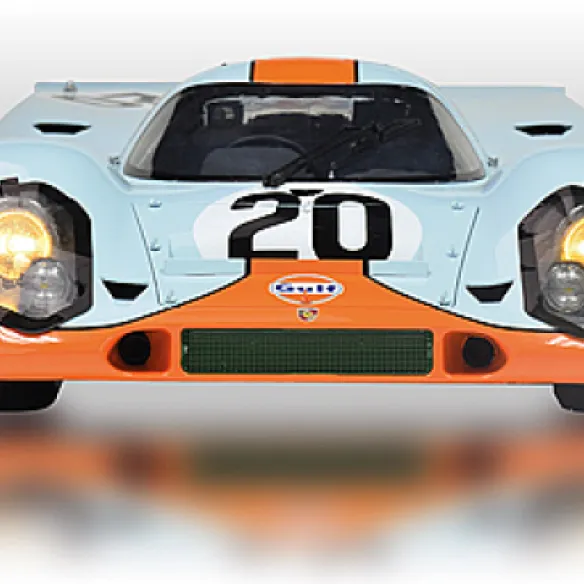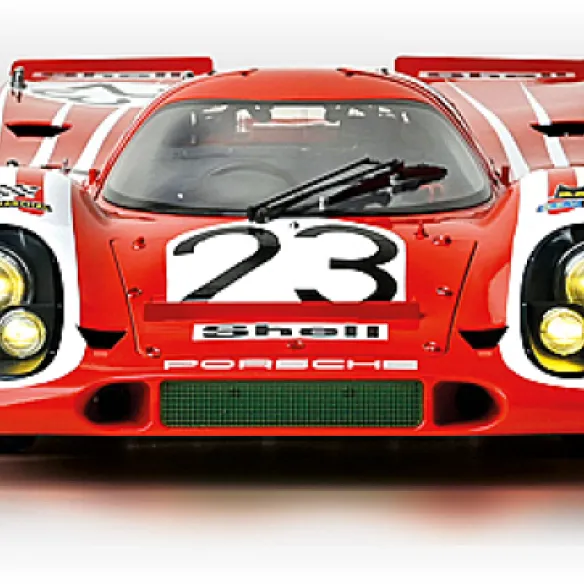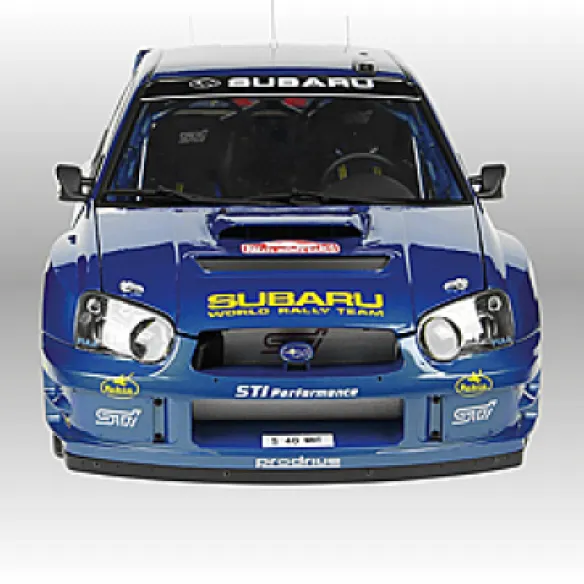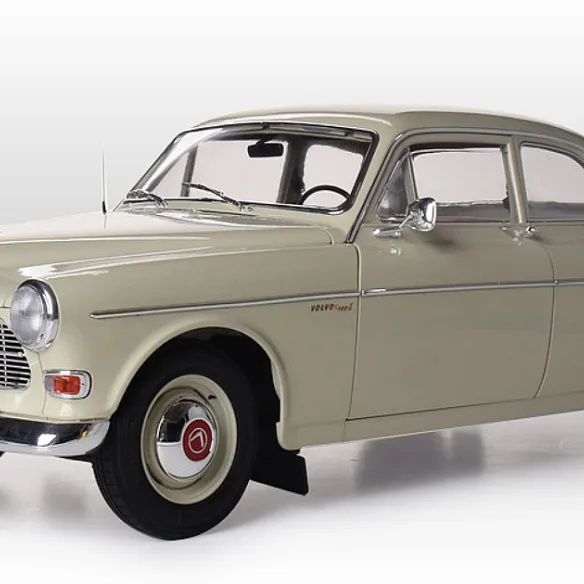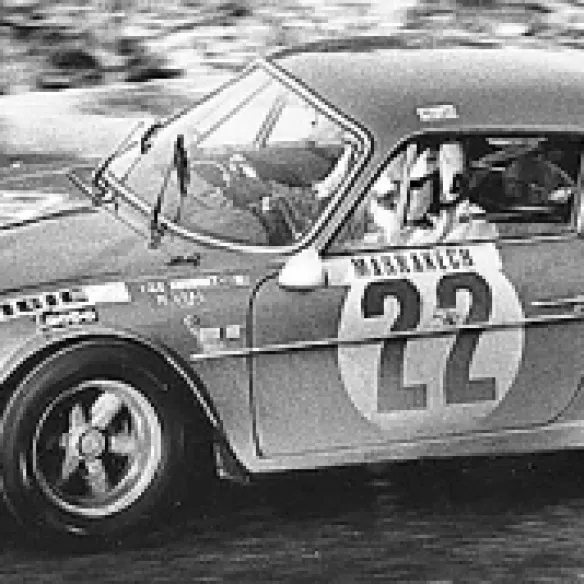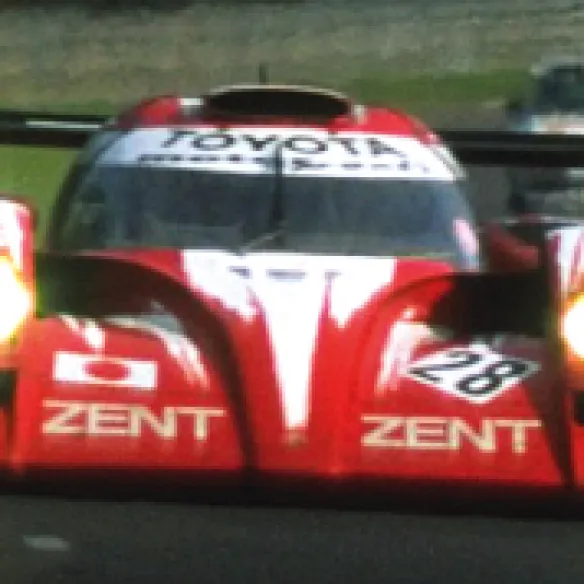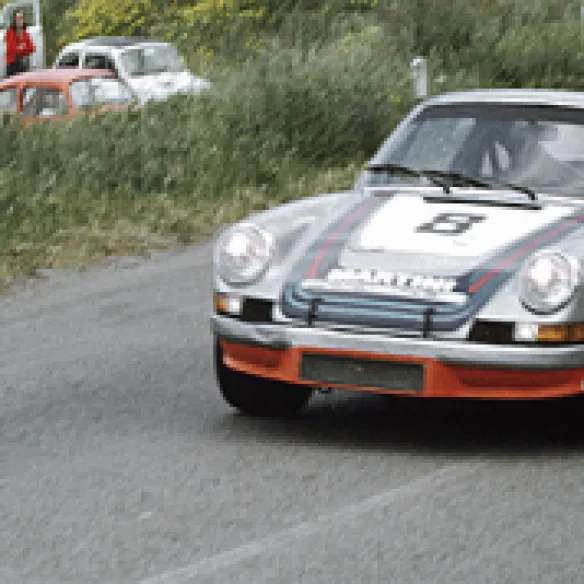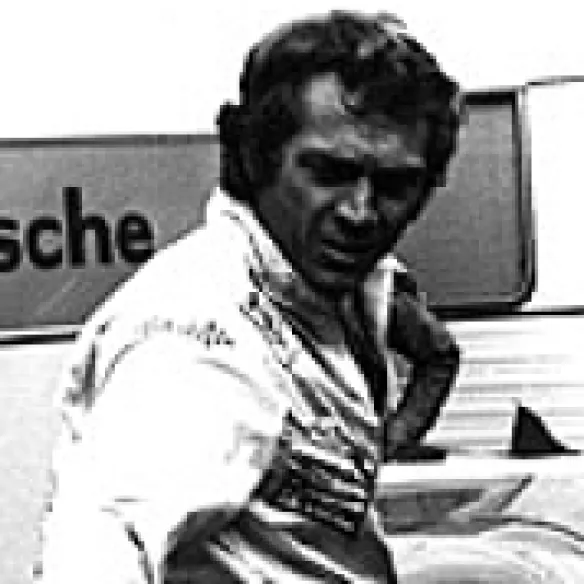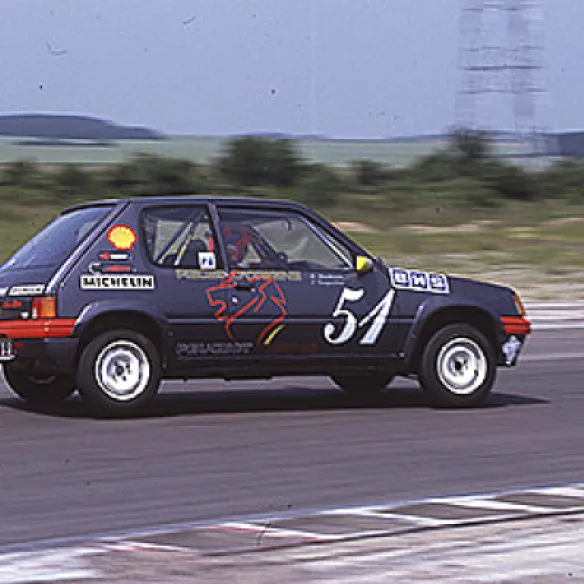
10/06/2025
PORSCHE 917/20 «THE PINK PIG»
THE ‘PINK PIG’ IS PERHAPS THE MOST AERODYNAMICALLY ADVANCED VERSION OF THE 917. AND YET IT COMPETED IN ONLY ONE RACE: LE MANS IN 1971.
Read moreRegarded by the public and the press as an ‘ugly duckling’ or, at best, a funny little piglet, the Porsche 917/20 had all the potential to become the best 917 of all time. It was the result of a synthesis of opposites, representing the ‘middle way’ between the short-tailed ‘LK’ and the long-tailed ‘LH’, with a body width designed to improve airflow and increase efficiency.
The aesthetics didn't do it justice, but its first appearance at Le Mans showed that it had plenty of potential. The only reason it failed to finish was due to mechanical problems, which prevented it from finishing the race when it had every right to hope for a podium finish.

© IXO Collections SAS - Tous droits réservés.
AFTER THE ‘BIG BLOW’, THE MUSEUM...
The 917/20 was a kind of ‘experimental car’, intended to test aerodynamic solutions applicable to the Can-Am championship. It made its debut during testing at Le Mans on 18 April 1971. On that day, Jo Siffert and Willi Kauhsen achieved the fifth fastest time behind a 917 ‘LH”, two 917 Ks and a Ferrari 512 M, with top speeds of over 360 km/h. The aerodynamics worked fairly well, although the enlarged wings made the front section bulkier than that of the other 917s and resulted in some sarcasm from those who disliked its shape. Two months later, the car took part in the 24 Hours and, in a playful response to the critics, it was presented in a pink livery featuring the dotted lines of the pieces of pork referred to by their names in German. The main rivals of the 917/20 were the other 917s, long or short, which were at an ideal tuning level and demonstrated this by setting four of the six fastest times ( the two others going to the Ferrari 512s), including the first three. The 917/20, nicknamed ‘the pink pig’ due to its livery, driven by Willi Kauhsen and this time paired with Reinhold Joest, finished seventh, just a few tenths of a second behind three other Ferrari 512s.
During the race, the car moved up to fifth place and, also due to the technical problems of the other 917s (mainly fan failures and oil leaks), it managed to get up to third place during the night before it too suffered cooling system failures resulting in two stops for repairs. After returning to the race, the ‘pink pig’ managed to climb back up to third place, which it held until the early hours of the morning. Then, after 180 laps, a failure of the brakes forced Joest to take the escape route not far from the Arnage bend and ultimately exit the race track. From then on, withdrawal was inevitable.
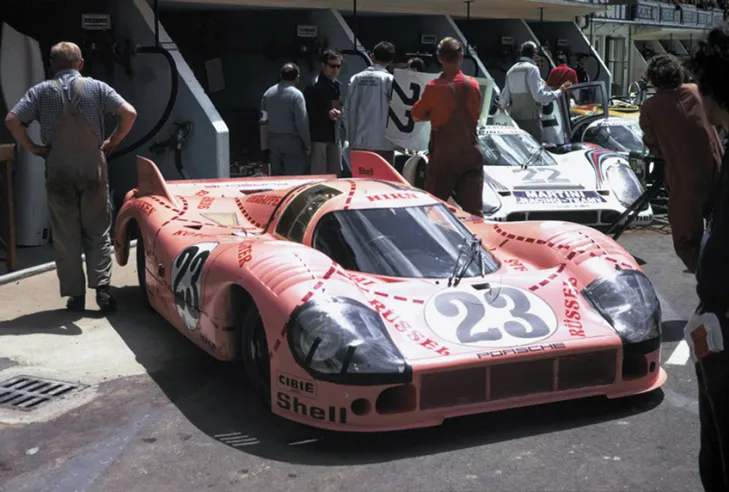
The 917/20 is identifiable by its rounded lines as well as by its livery of unprecedented originality. Behind her, the Porsche 917 K, winner of the 1971 24 Hours of Le Mans.© IXO Collections SAS - Tous droits réservés.
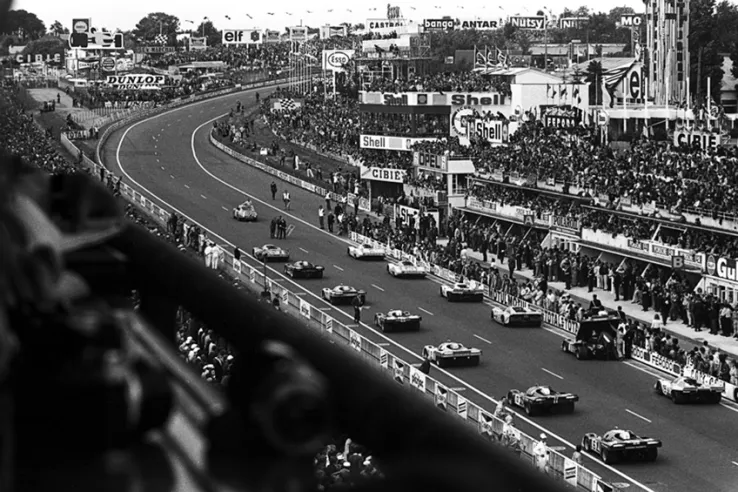
The start of the 1971 24 Hours of Le Mans: the Porsche 917/20 took seventh position on the starting grid in qualifying.© IXO Collections SAS - Tous droits réservés.
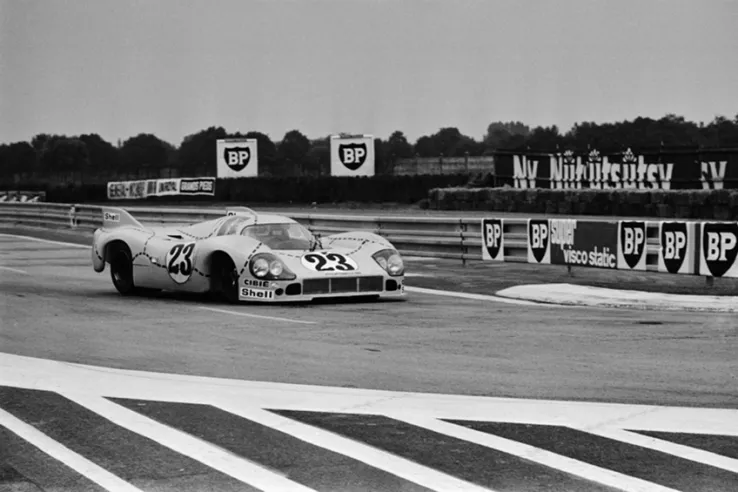
Reinhold Joest and Willi Kauhsen's 917/20 discussing a curve on the Circuit de la Sarthe on the afternoon of June 12, 1971.© IXO Collections SAS - Tous droits réservés.
PORSCHE VERSUS PORSCHE
The race ended with the victory of a 917 from the official Porsche team, driven by Helmut Marko and Gijs van Lennep, ahead of the 917 K of Richard Attwood and Herbert Müller in the colours of the John Wyer team, that managed to keep two Ferrari 512 M and a 365 GTB/4 at bay. The list of cars finishing behind them was almost entirely made up of Porsches, from the 907 of Walter Brun and Peter Mattli to the numerous 911s that dominated the GT category. Of the fifteen or so entries that managed to finish the race (a third of the 40-plus that started), ten were Porsches. The 24 Hours of Le Mans was the first and last race for the Porsche 917/20, which was subsequently refurbished by its manufacturer and became one of the centrepieces of its museum.
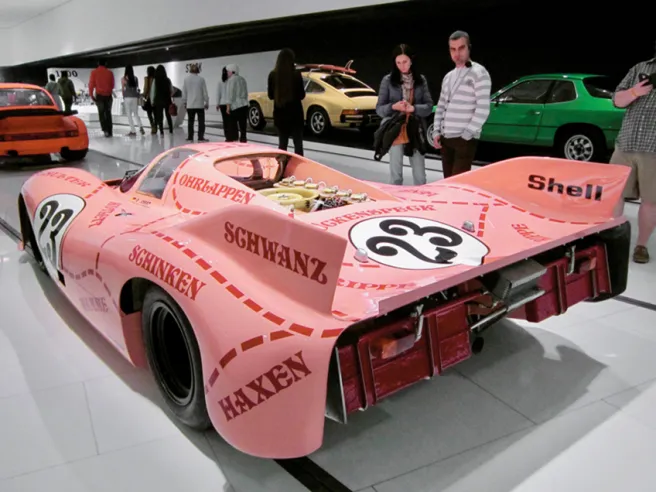
The imposing rear part of the “pink pig” is highlighted by its curious decoration which evokes the different pieces of pork meat.© IXO Collections SAS - Tous droits réservés.
REINHOLD JOEST AND WILLI KAUHSEN
Beyond their victory, the 1971 edition of the 24 Hours of Le Mans was a significant moment in the careers of the two German drivers of the 917/20. Reinhold Joest, future head of the famous team named after him, founded in 1978, was taking part in the 24 Hours of Le Mans for the second time, and by the end of his career had taken part nine times, with a second place in 1980 and three third places (1969, 1972 and 1978). On all occasions except for the 1969 race, Joest competed in the Sarthe Marathon driving a Porsche. As for Willi Kauhsen, at the time of his participation in the 1971 event, he was in the process of setting up his own team, which he did in the second half of the year by buying a 917/10 which he used to race in Can-Am and in the 1972 Intersérie. His Porsche experience began in 1969 and from then on Kauhsen took part in a number of endurance races, finishing second in the 1970 Le Mans 24 Hours with Gérard Larrousse in a 917L.

© IXO Collections SAS - Tous droits réservés.
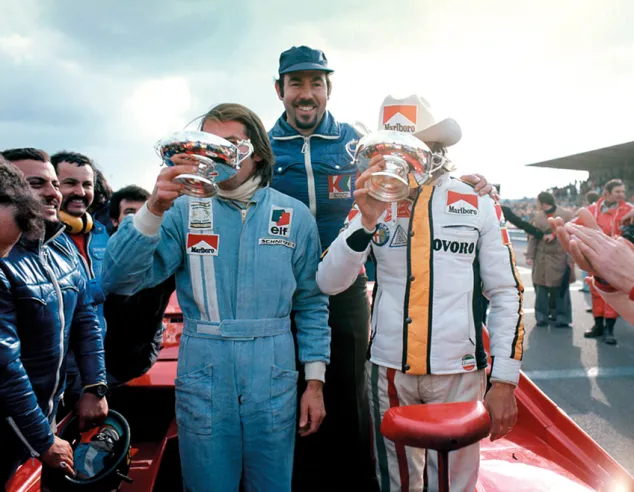
Above, Reinhold Joest, founder of the Joest Racing team. Below, Willi Kauhsen (center) at the 1975 Dijon 1000 km prize ceremony.© IXO Collections SAS - Tous droits réservés.
Technical sheet
Recent articles
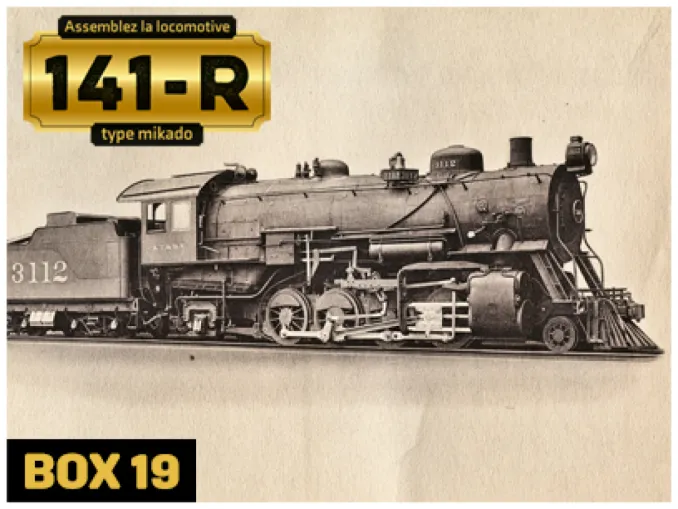
11/06/2025
THE 141-R: LOCOMOTIVE IN TWO “BATCHES”
On 5 October 1944, the first French mission went to the USA and received propositions from the American manufacturers, (...)
Read more

10/06/2025
Porsche 911 S - 1968
ASSIGNED TO ZASADA FROM POLAND, THE 911 COMPETING IN THE FIRST LONDON-SIDNEY RALLY PROMISES TO BE A FUTURE TRIUMPH
Read more
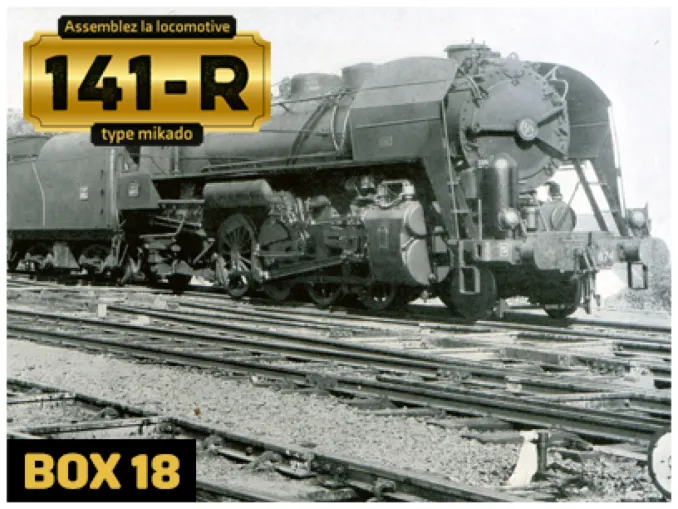
26/05/2025
THE TECHNICAL CHOICES THAT LED TO THE 141-R
After World War II, during which the network was destroyed, SNCF lacked locomotives, especially new ones.
Read more


 English
English français
français Deutsch
Deutsch español
español italiano
italiano português
português